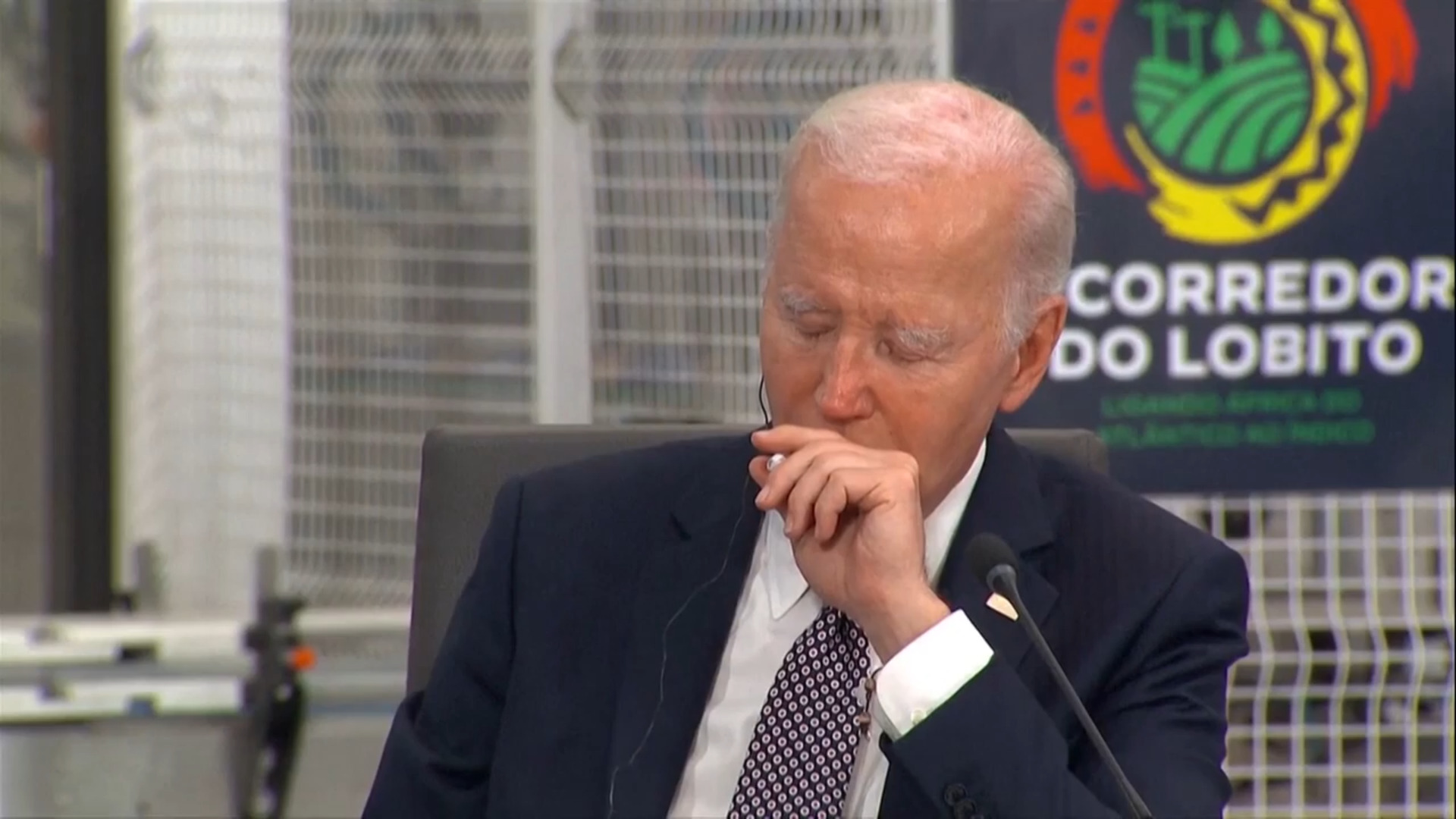Done With Dems: NYC Mayor Adams To Run For Reelection As Independent, Calls Out Biden DOJ & Urges Citizens To Read FBI Director Patel’s Book
Hospital Staffers Sound Alarm After 10 Nurses Diagnosed With Brain Tumors
AOC Decorates Office Doorway With Notes Like “I Heart Abortion”
BREAKING! Possible Explosive Near White House – Bomb Squad & Secret Service Investigating
ICE Deports Mexican Illegal for 39th Time
Biden’s Ex-Chief of Staff Opens Up About The Former President’s Mental Decline

Joe Biden’s former chief of staff has spilled the beans on what most of us already knew regarding sleepy Joe’s mental decline. Ron Klain, who was Biden’s White House Chief of Staff from 2021 to […]
The post Biden’s Ex-Chief of Staff Opens Up About The Former President’s Mental Decline appeared first on The People’s Voice.
